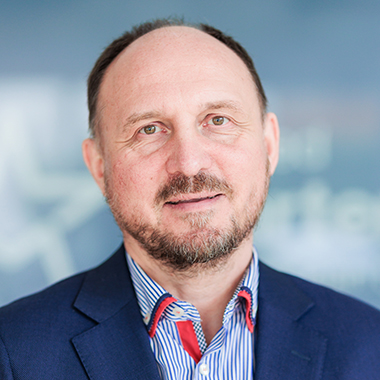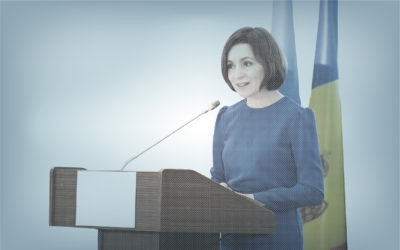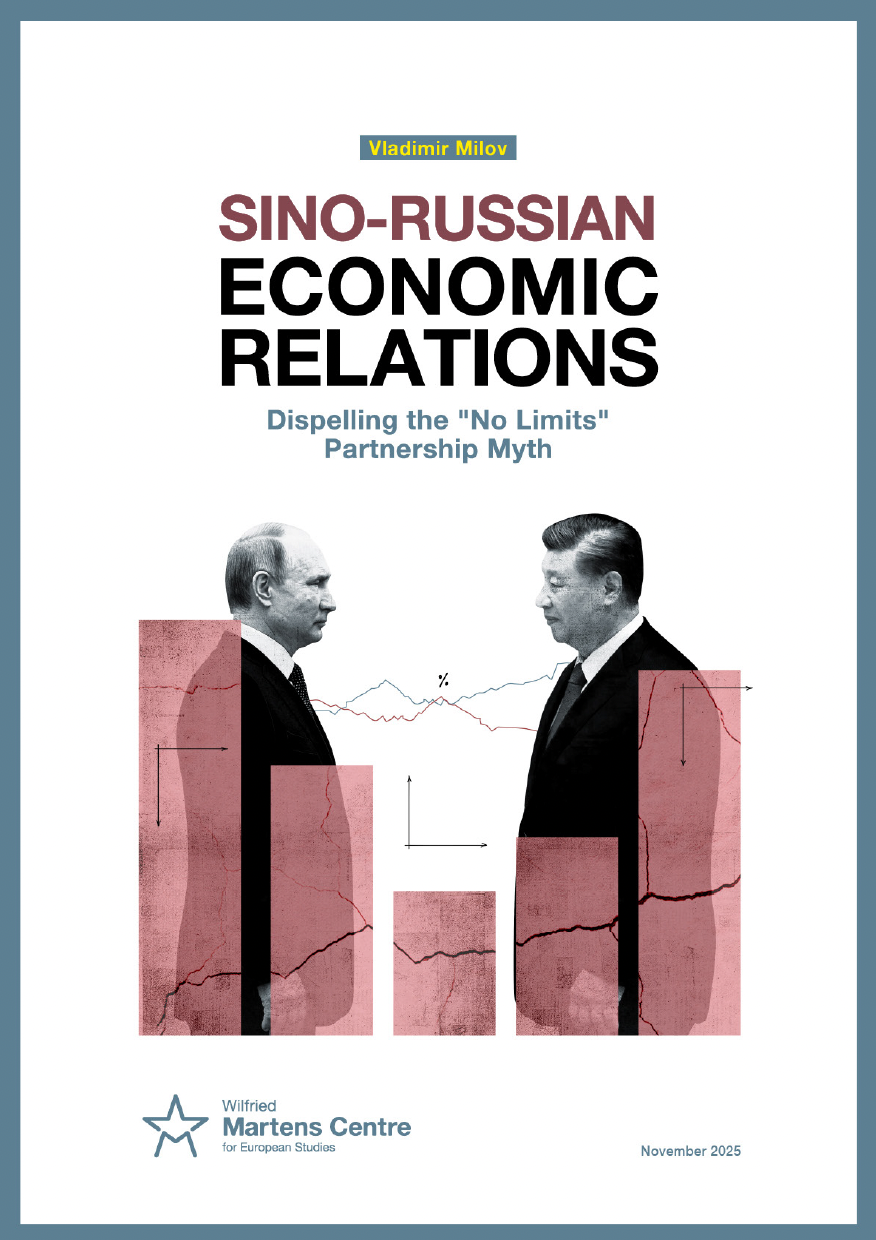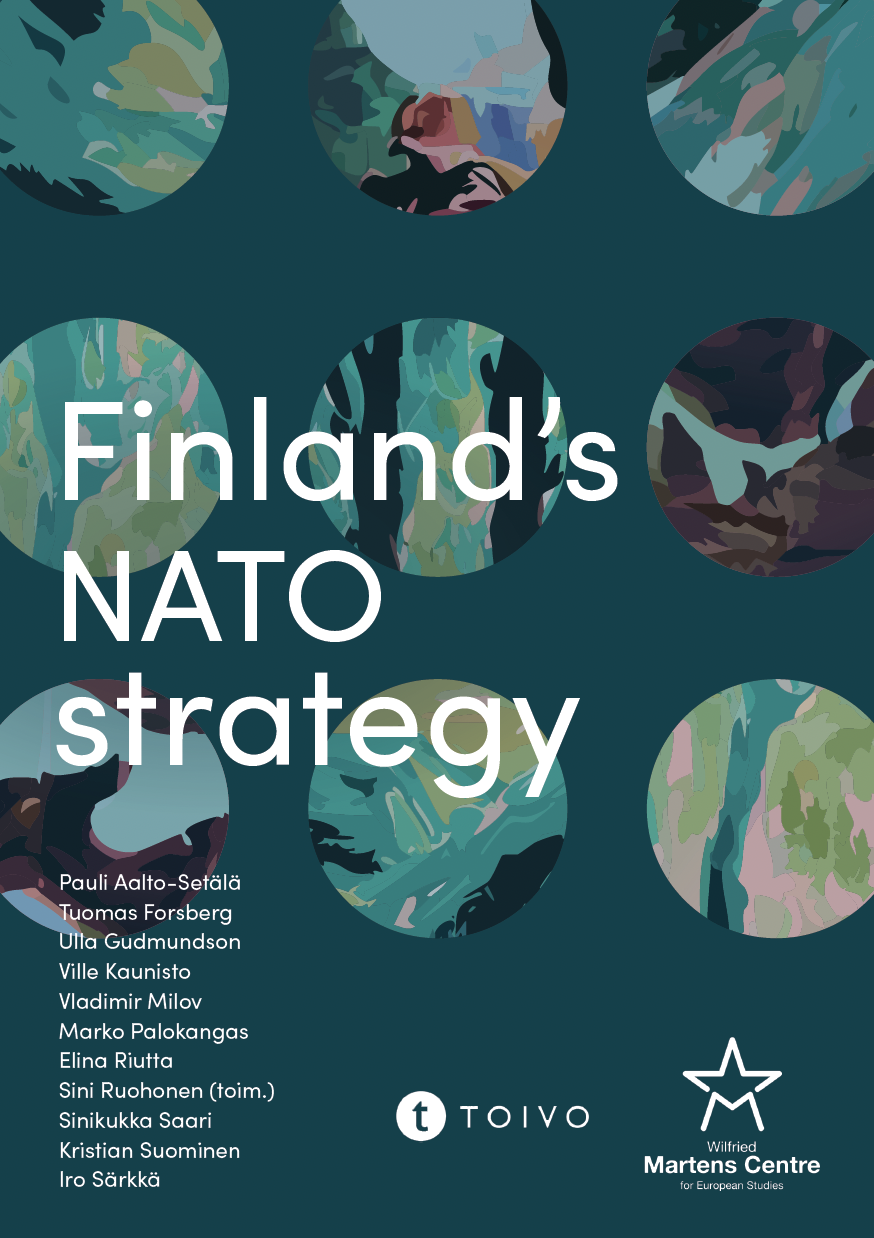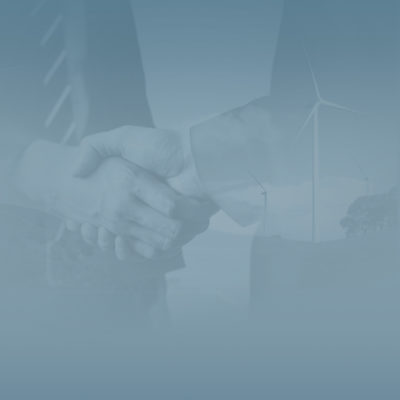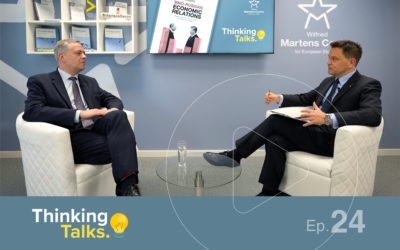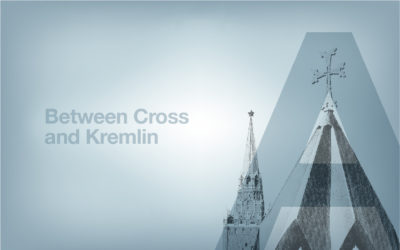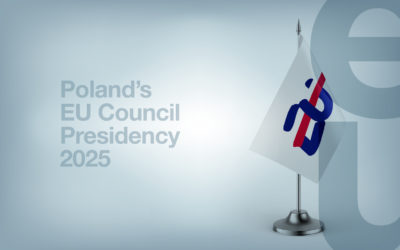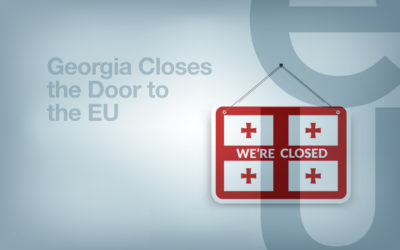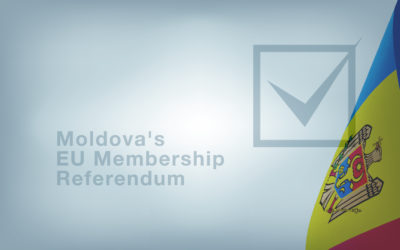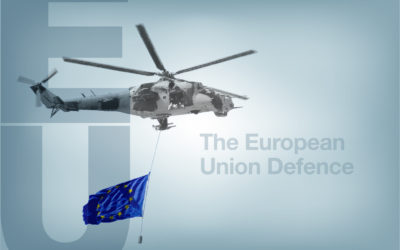From the Brussels bubble to the (all quiet) Maidan front: A travel diary (Part 1)
24 September 2014
My trip to Ukraine in the second half of August was fun and safe. True, I visited only the capital Kyiv and the city of Lviv in the west of the country. I did not venture further east into the war area.
My first surprise was on the Maidan Square in Kyiv, the focal point of resistance to the Yanukovych government. I expected flames of burnt tyres and fights between the police and the remaining demonstrators. Such scenes were indeed taking place as late as 7 August: (http://ces.tc/XUI4JX).
When I arrived on the Maidan square on 17 August with my companion, I was welcomed by girls in zebra and rabbit outfits. They offered that the passers-by take joint photos with them as mementos from Kyiv, for a small fee of course.

How come, you may ask? I arrived in Kyiv just at the moment the city administration, now led by Vitali Klitschko of the UDAR party and under some pressure of the city’s inhabitants, sent the demonstrators away and started cleaning up the square (http://ces.tc/1x7opFO).
This renovation seemed like a difficult task. Some buildings are almost completely destroyed and the paving has been used to make barricades. One could see plenty of shrines to the fallen heroes of the Maidan, complete with improvised shields from the fighting (http://ces.tc/1slFCdG).
The next surprise was the easiness with which Russian and Ukrainian speakers in the capital and elsewhere interacted. There seemed to be no linguistic conflicts. I heard bilingual conversations everywhere on the streets and on the radio.
A third surprise was the amount of greenery in Kyiv. The capital boasts a lot of parks. Some are used by chess players in a fashion typical of the countries of the former Soviet Union.

True, the air in the capital seemed quite polluted in the busier places. But the river Dnipro was clean (http://ces.tc/1wJJSlm), clean enough for city dwellers and visitors, including myself, to take a dip in at the municipal beach on the island of Trukhanov.
The fourth surprise in Kyiv was that the customer service was really good, at least in some places such as Puzata Khata, a superb fast-food chain that serves Ukrainian specialties. Admittedly, good service is not a difficult feat to achieve if one compares with the shop service in central Brussels.
I took the ominously looking ladies in Kiev museums and rude information officers at the Kyiv airport as unavoidable flashbacks to the socialist past, which I know so well for having lived it in communist Czechoslovakia. I have to say, though, that I shook a little when one of the ladies in the Afghanistan War Museum picked up the phone and whispered something into the receiver whilst staring at me intently. It transpired that she complained about my photographing, not knowing that our museum guide had allowed me to take pictures.
In Lviv, the relatively recent history of the capital of Austrian Galicia is visible in architecture, cuisine and culture on every step. Poverty was a bit more in your face in Lviv than in Kyiv. If it were not for the cars, some corners of the city would even have looked like sceneries from a hundred years ago:

In both Kyiv and Lviv, there were plenty of street stands, selling anything imaginable, from food to flowers and memorabilia. It seemed that making ends meet was not easy for many people.
(To be continued)
ENJOYING THIS CONTENT?


